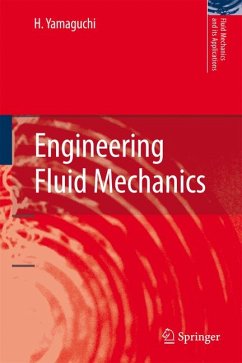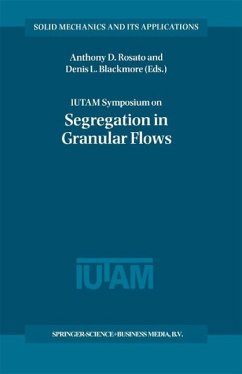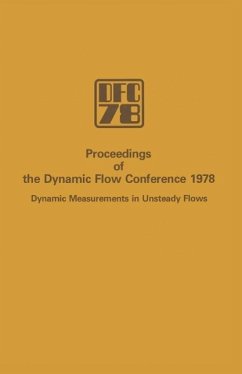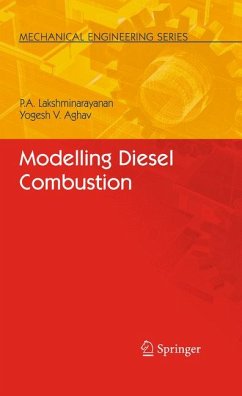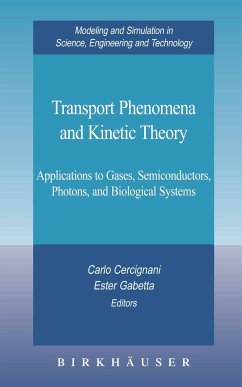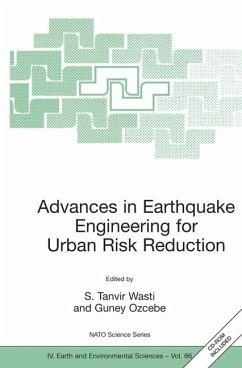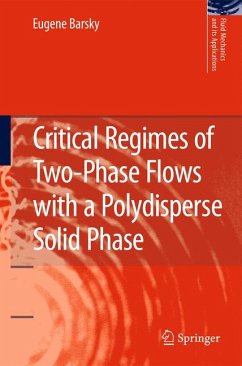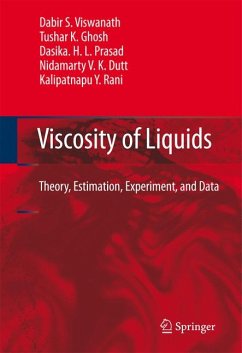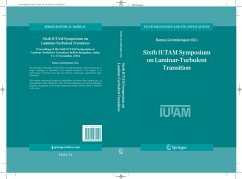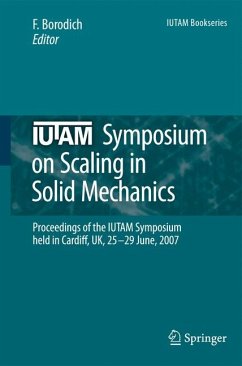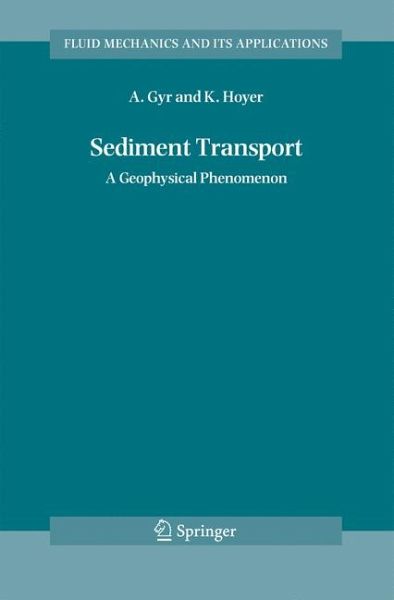
Sediment Transport (eBook, PDF)
A Geophysical Phenomenon
Versandkostenfrei!
Sofort per Download lieferbar
112,95 €
inkl. MwSt.
Weitere Ausgaben:

PAYBACK Punkte
56 °P sammeln!
This textbook discusses the fundamental principles of sediment transport in the geophysical context of rivers. It is intended as both a course textbook and as a guide for the practical engineer. It begins begin by describing phenomena such as bed load and suspension transport from a classical perspective. Concepts from turbulent flow regime are introduced to address the limitations of the classical approach to various aspects of sediment transport.
Dieser Download kann aus rechtlichen Gründen nur mit Rechnungsadresse in A, B, BG, CY, CZ, D, DK, EW, E, FIN, F, GR, HR, H, IRL, I, LT, L, LR, M, NL, PL, P, R, S, SLO, SK ausgeliefert werden.



